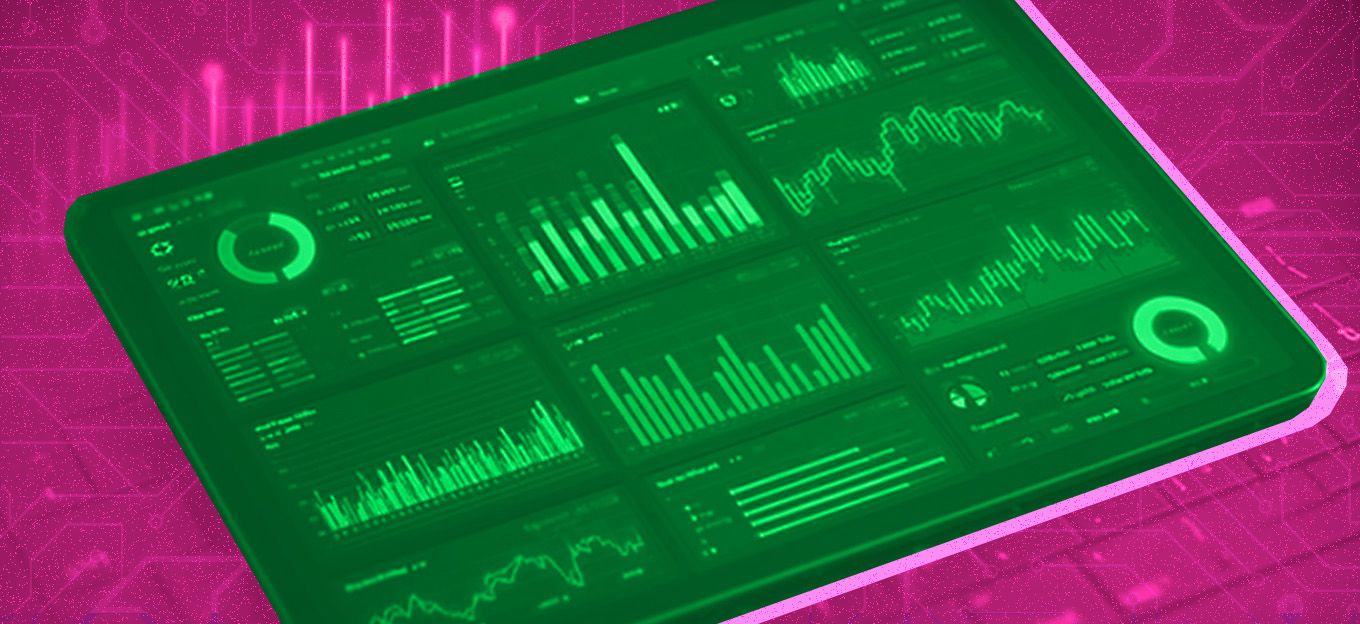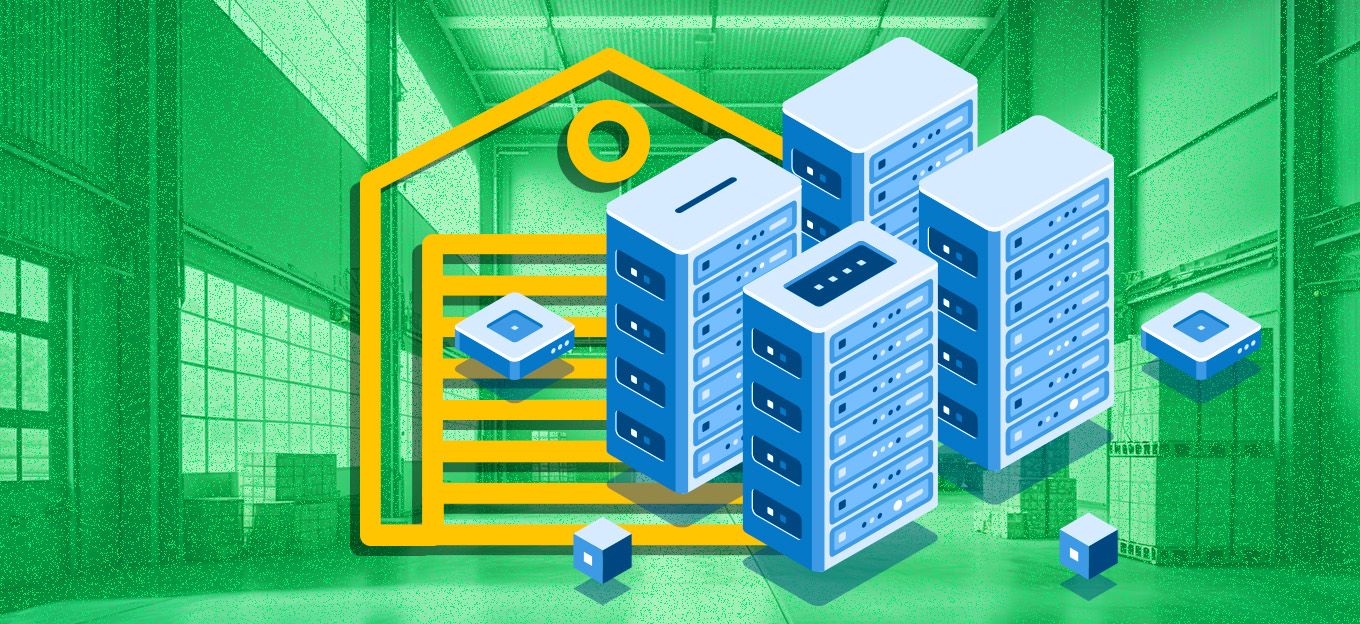How is Coronavirus Making the Data Science & AI Field Reactive?
How is Coronavirus Making the Data Science & AI Field Reactive?
- Last Updated: December 2, 2024
Veronica Hanks
- Last Updated: December 2, 2024



By the time you finish reading this article, another research paper will have been published on the novel coronavirus. Ever since it first made its appearance in Wuhan, the number of research papers floating around the world has risen to 2000.
This outpouring of research is a testament to the advancements the science community is making. The true need of the hour is an intelligent system that can study the research papers and help predict the next milestone COVID-19 is planning to achieve at the cost of humans.
The intelligent system that we, governments, and the medical industry are rooting for is Artificial Intelligence and data science.
There are multiple ways data points can be entered into intelligent systems that focus on data science to churn out insights and action items that can curb the coronavirus from spreading.
Blue Dot
On December 31, 2019, BlueDot, an artificial intelligence database company, sent out a warning to their customers to avoid visiting Wuhan–ahead of both the World Health Organization (WHO) and the US Centers for Disease Control and Prevention (CDC). In contrast, the World Health Organization (WHO) sent out their notice only on January 9th, 2020.
In March of this year, Blue Dot used data science to guesstimate where outbreaks could happen in other Asian cities by reading into flight paths and traveler itineraries.
“Machine learning is very good at identifying patterns in the data, such as risk factors that might identify zip codes or cohorts of people that are connected to the virus,” said Don Woodlock, VP, InterSystems, a global vendor of EHR which is helping China’s medical service providers analyze the data on their coronavirus patients.
What's different now than the earlier epidemic outbreaks is the amount of information that's being released from places of origin and people affected by the virus. Straight from your WhatsApp chat window to social media, news, and reports, there's a lot of data looking into the state of Coronavirus and where it's headed next.
There are multiple ways these data points can be entered into intelligent systems that focus on data science to churn out insights and action items that can curb the virus from spreading. Ways that are a playground for the businesses looking to revolutionize healthcare with AI.
Detecting the Next Outbreak
Remember when we mentioned how BlueDot used data science and estimated that a deadly virus was on the rise in Wuhan and asked their customers to not visit the area? The same AI technology can be used to detect where an outbreak might happen next. By tracking social media content and regional news or travel itineraries, AI systems can predict the next area that could see an outbreak of the virus.
Diagnosing the Virus
AI, although full of controversy has been making constant advancements in the disease diagnosing department. Alibaba recently created a new AI solution that can diagnose coronavirus in only a few seconds with over 96% accuracy. Infer Vision has a similar solution to offer frontline hospital workers.
Speed Up Drug Discovery
AI isn't just backed with the engineering to predict the next epidemic, but also with the ability to identify, create, and scale new treatment and vaccinations faster than before. The key to creating a vaccine is to recreate the virus's genome sequence and create its copy. The scientists in China were able to recreate the virus's genome sequence in a single month. When you compare it with how it took them multiple months to create the SAR’s genome sequence, you will appreciate the power of AI in play.
Robots and Drones to Help Medical Staff
There is massive pressure on the healthcare sector right now with hospital staff working day in and day out to help aid the patients. In China, thousands of hospital staff have been infected with the Coronavirus and this is also being seen in other affected areas as well. To solve the issue, China is making use of robots to offer faster diagnostics, while the ambulances are assisted by the AI for speeding through traffic. There are also talks around using drones to ensure that residents are all taking the necessary precautions by staying home or covering their face when in public.
Chatbots That Answers Questions and Share Information
One problem keeping the world from fighting the pandemic as one is the fear that emerges from uncertainties. There exists constant fear among people living under the information overload era. In this respect, AI-powered chatbots that collect information from known sources and share them with the users who interact with them on different platforms is needed.
Identify Infected Individuals
While one of the most controversial Applications of AI in the healthcare domain, facial recognition can come in handy for checking temperature and symptoms. AI can help identify people who have the potential to become super-spreaders, thus potentially eliminating hundreds to thousands of cases.
The Applications of Artificial Intelligence and the role it plays in combating coronavirus are still in the discovery stage. However, we can expect increased AI technology and data science to assist with tracking the Coronavirus as it continues to spread.
The Most Comprehensive IoT Newsletter for Enterprises
Showcasing the highest-quality content, resources, news, and insights from the world of the Internet of Things. Subscribe to remain informed and up-to-date.
New Podcast Episode

Moving Past the Pilot Phase in IoT and AI
Related Articles





